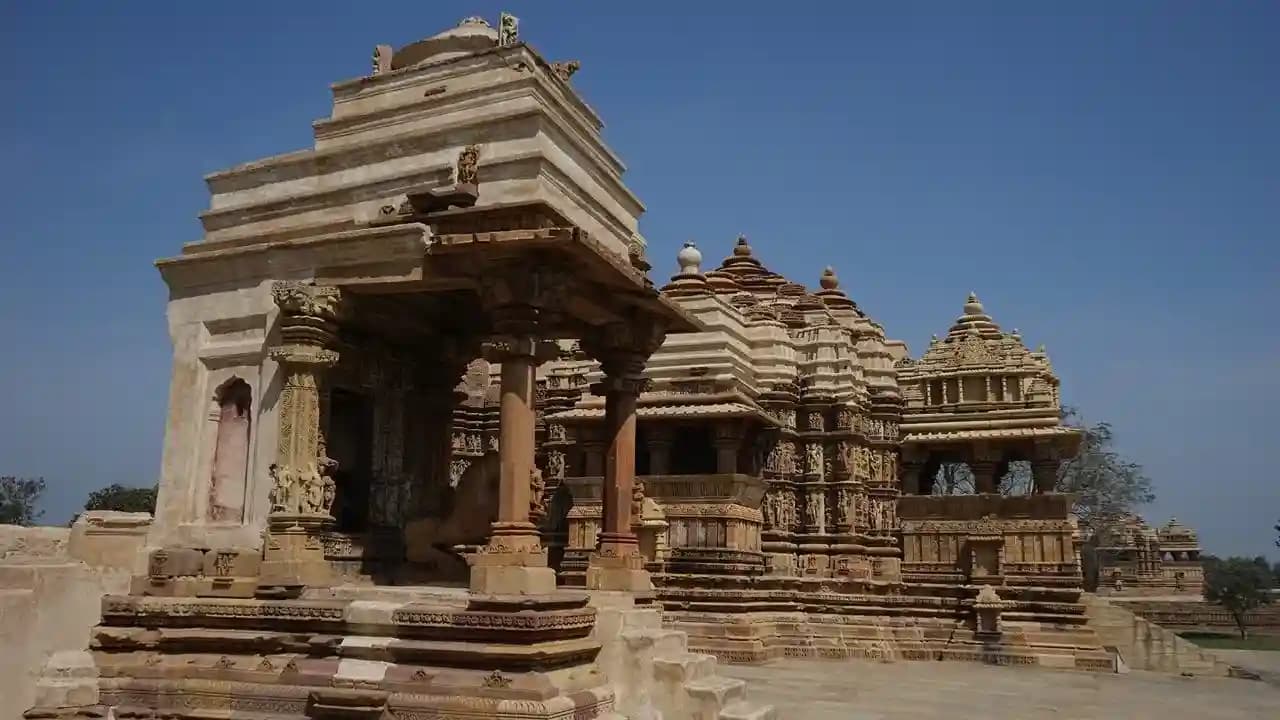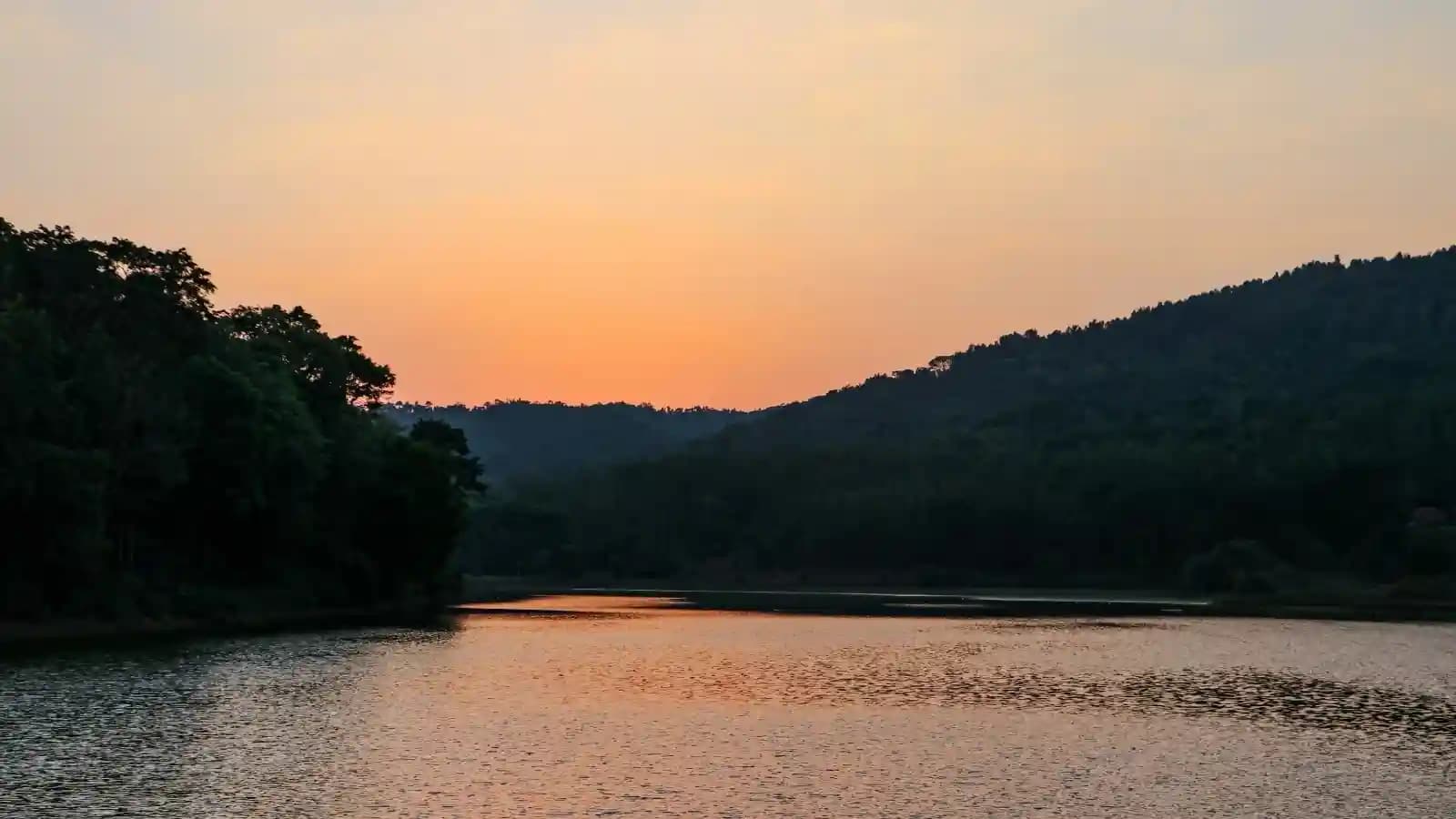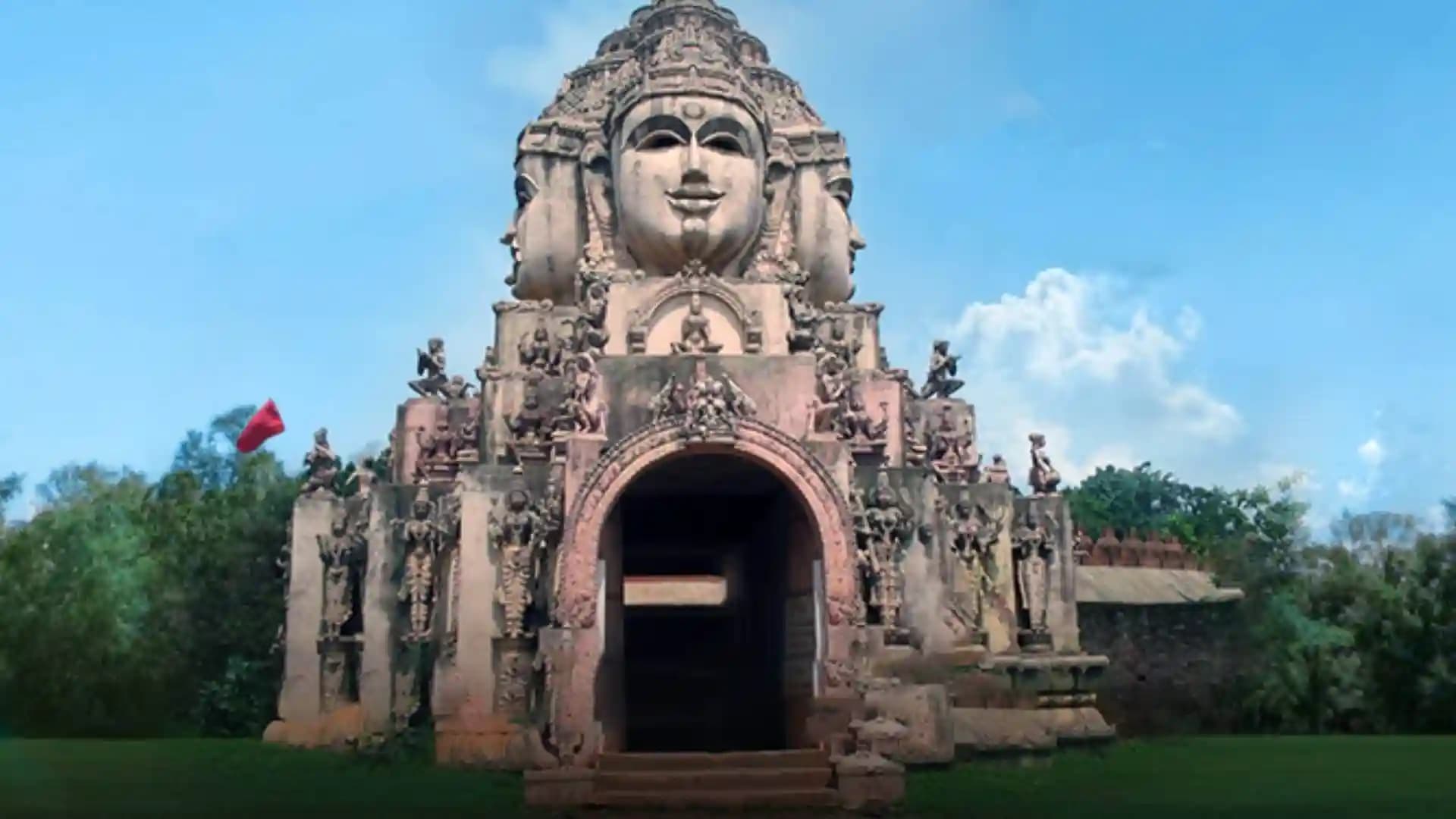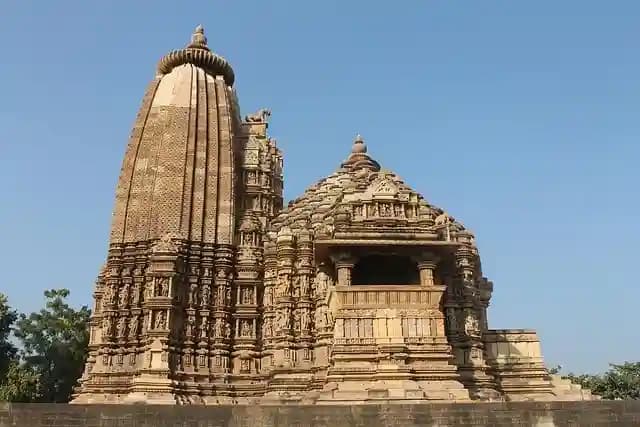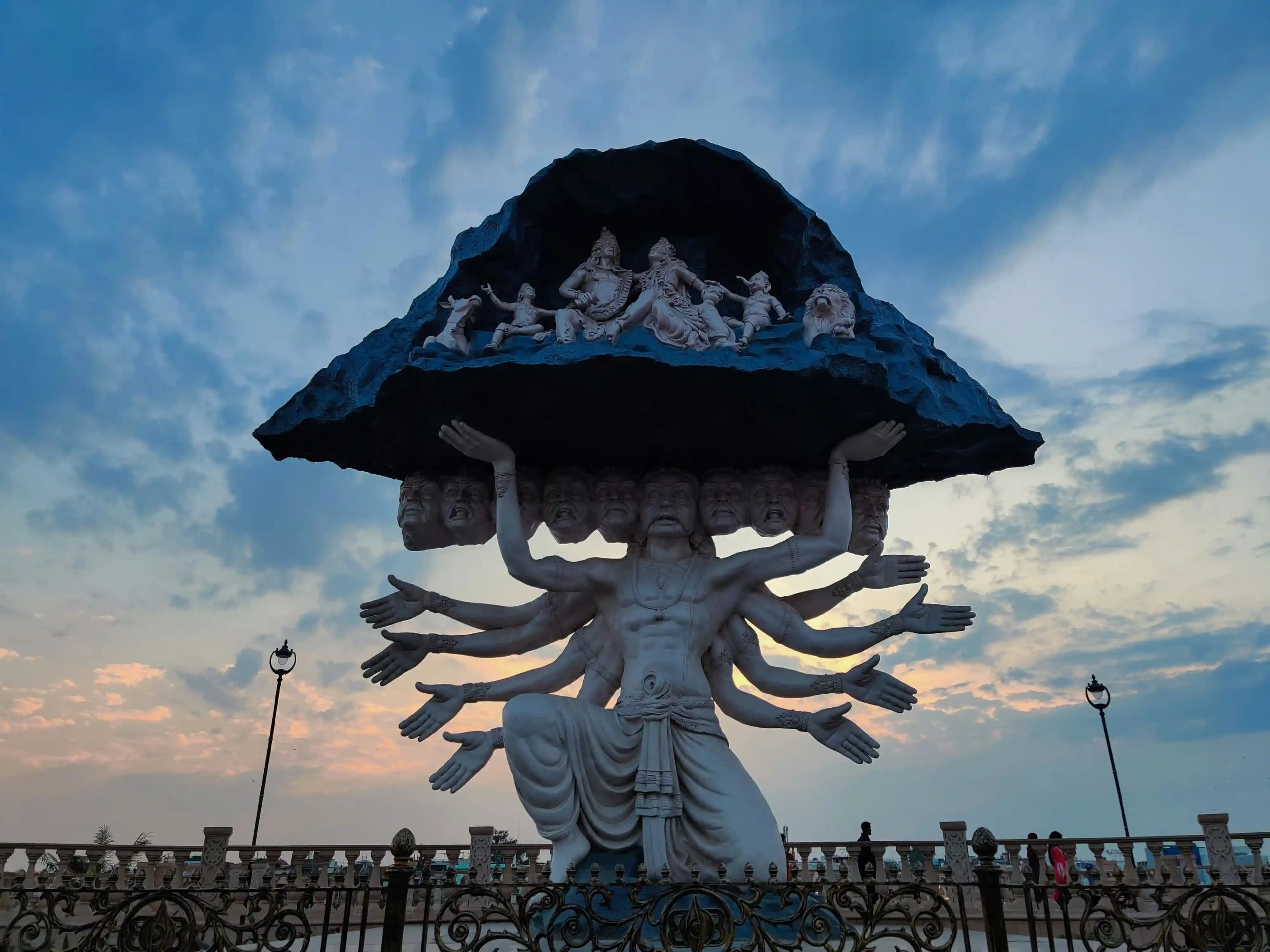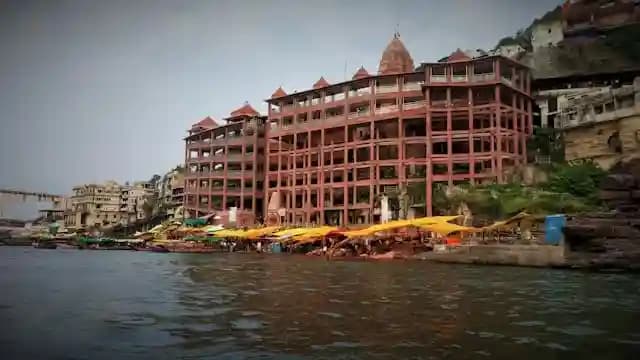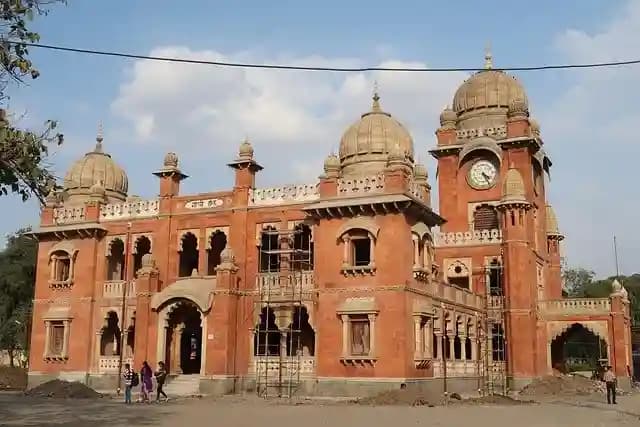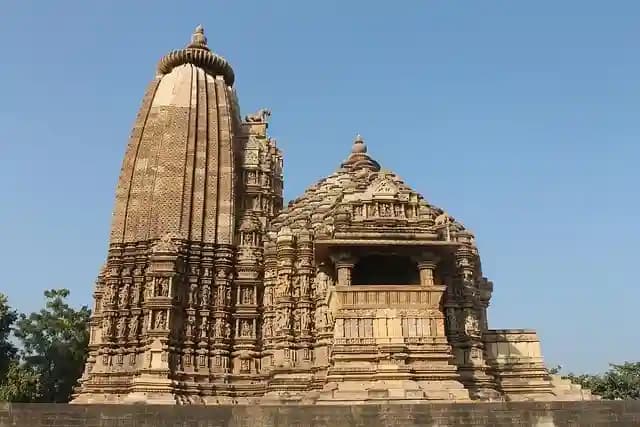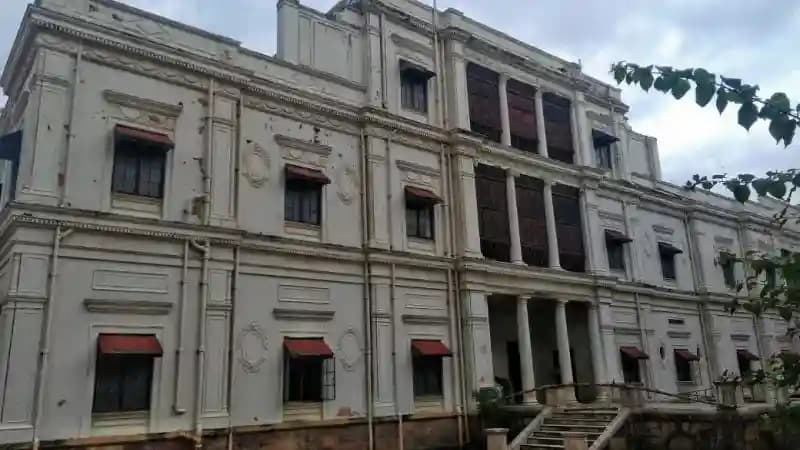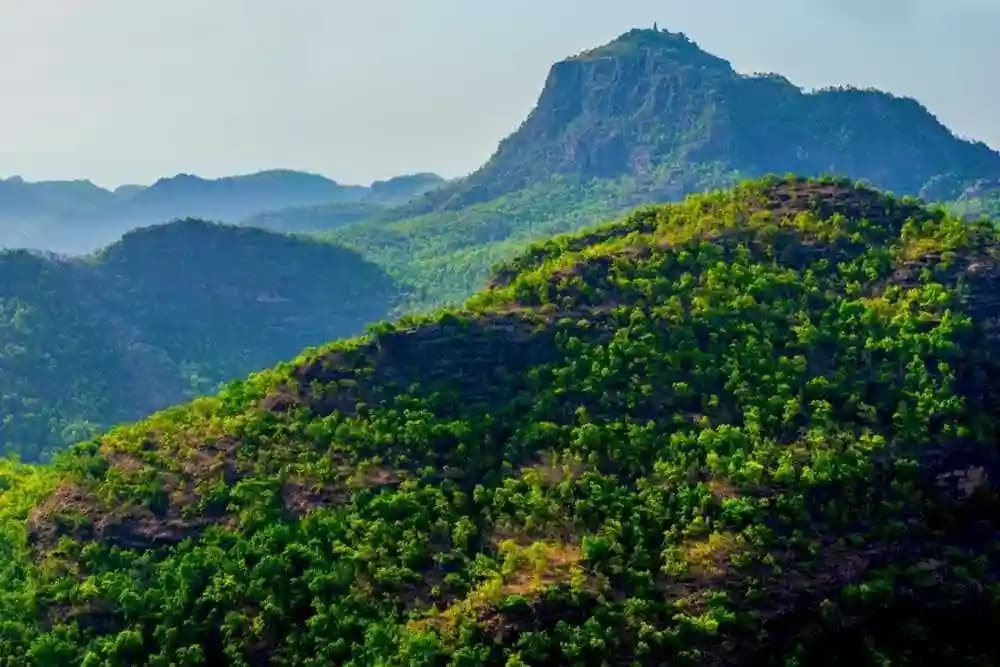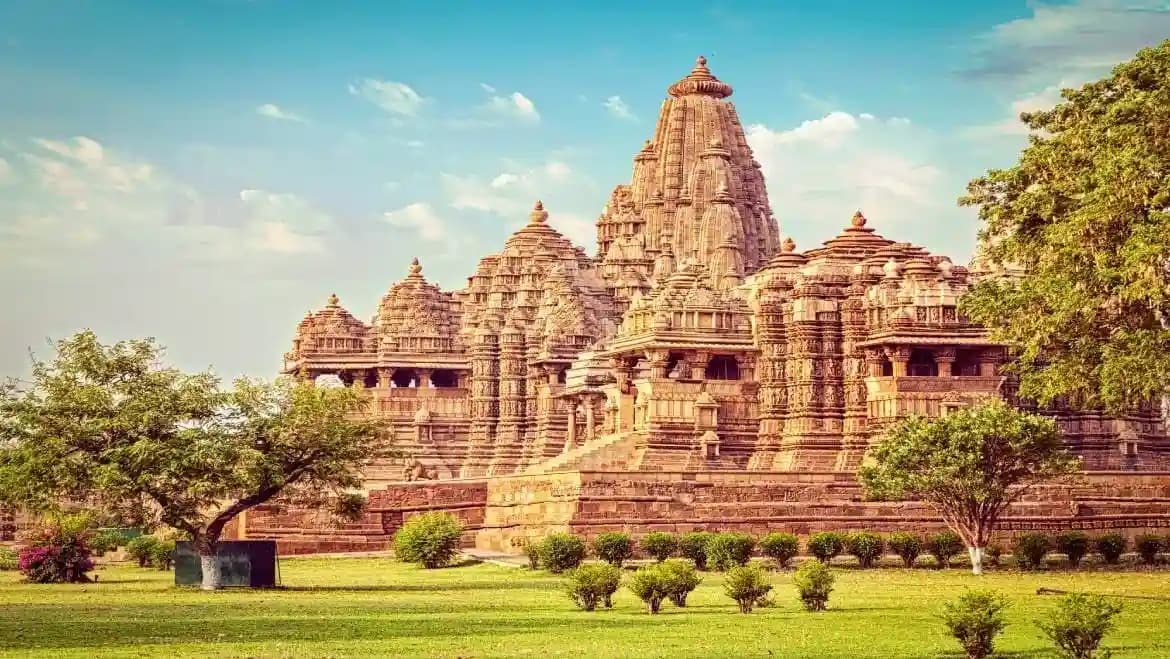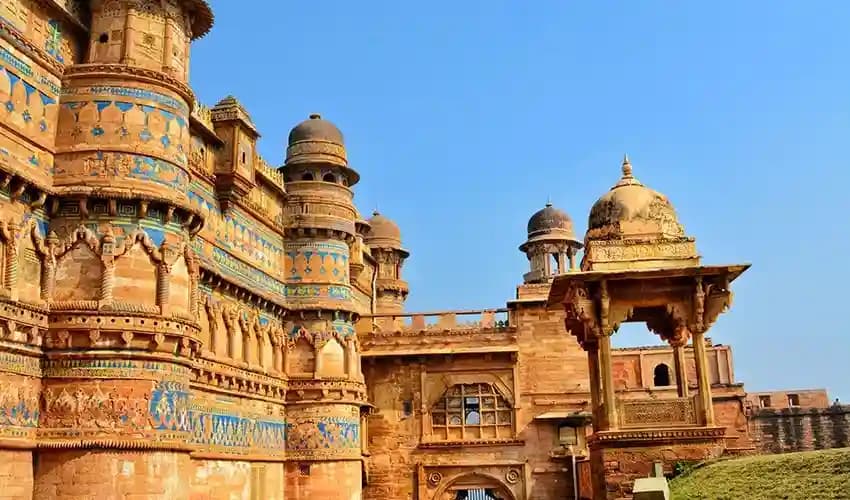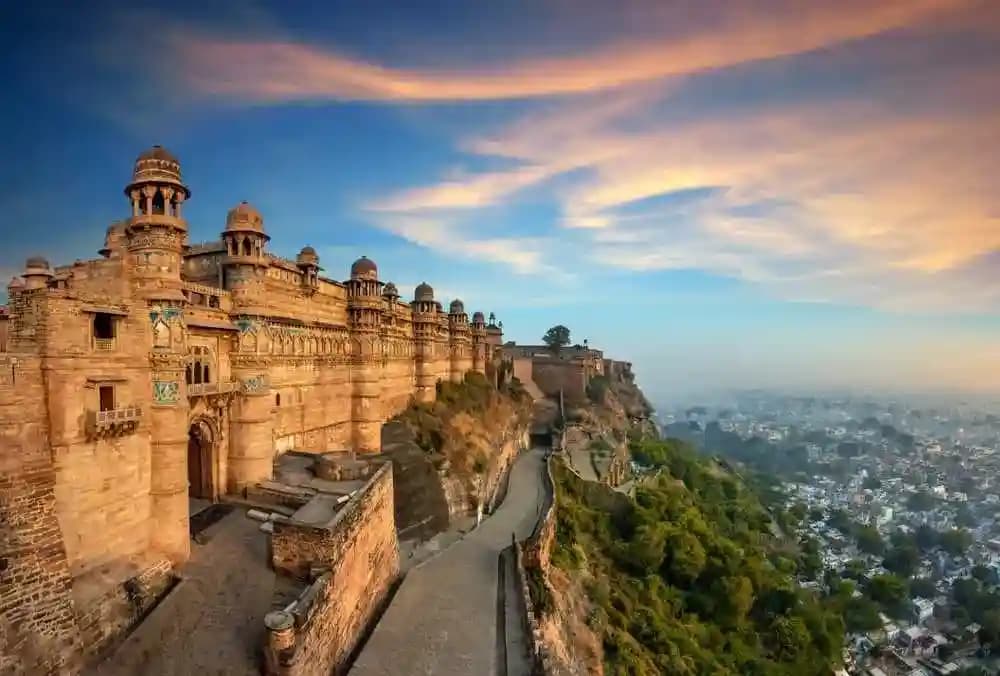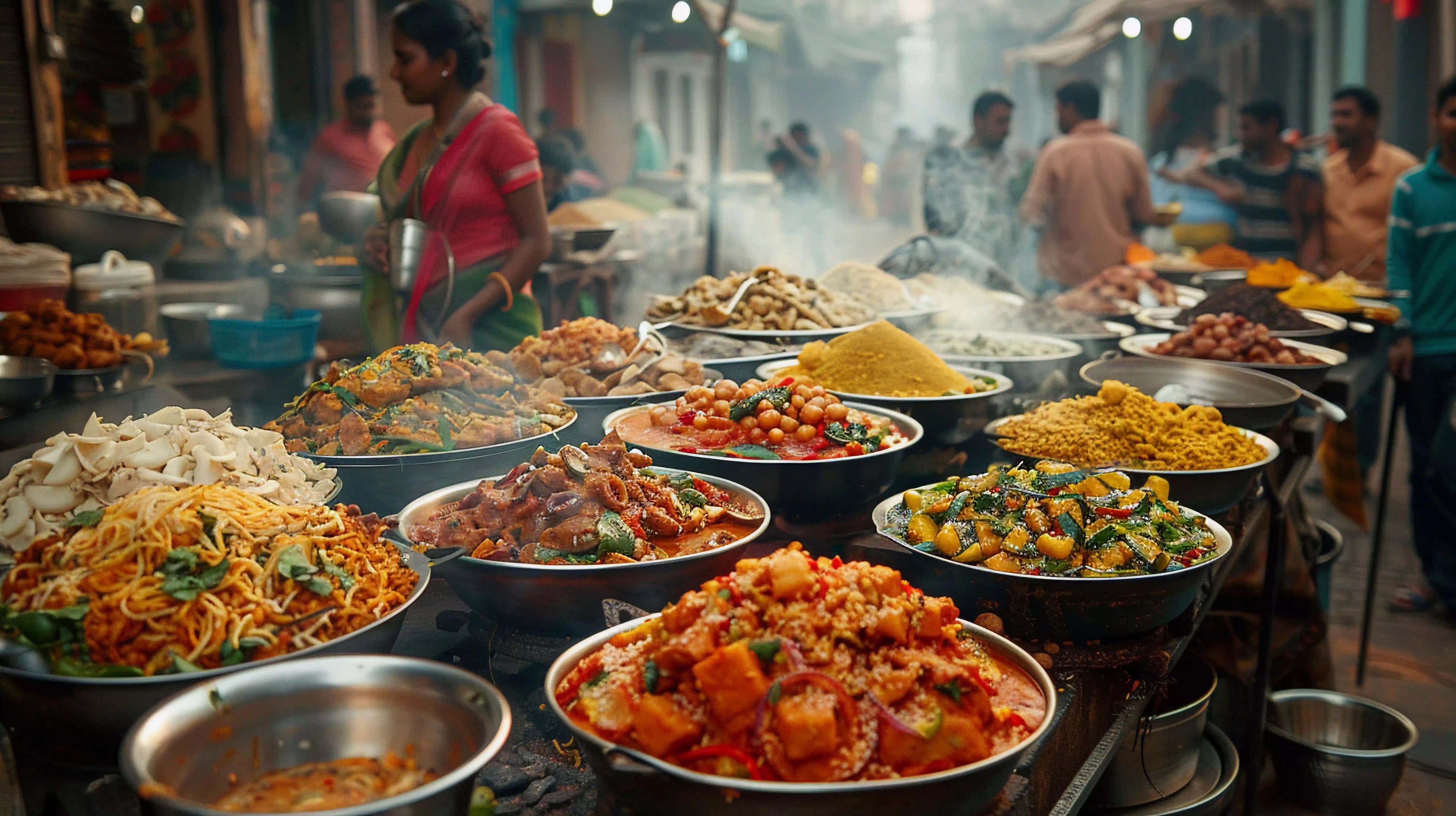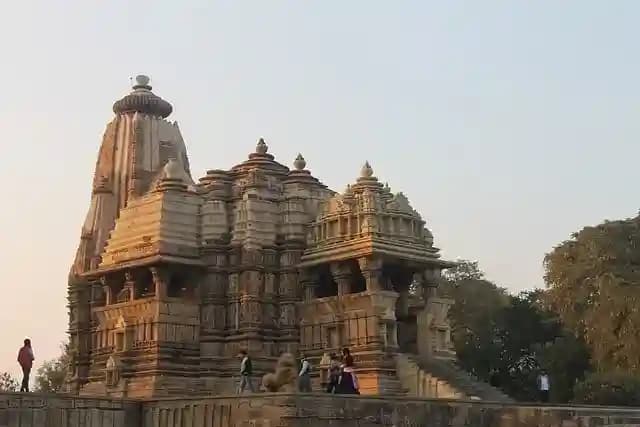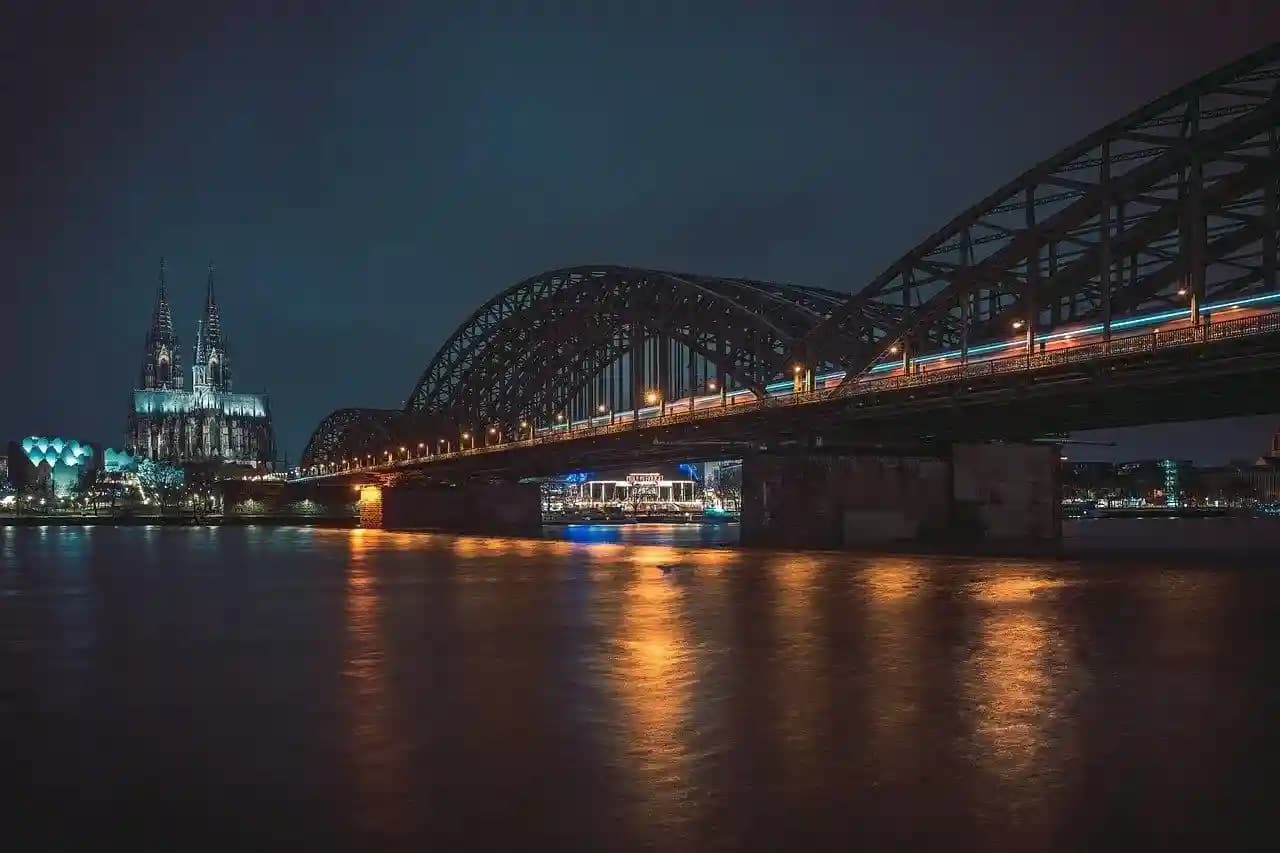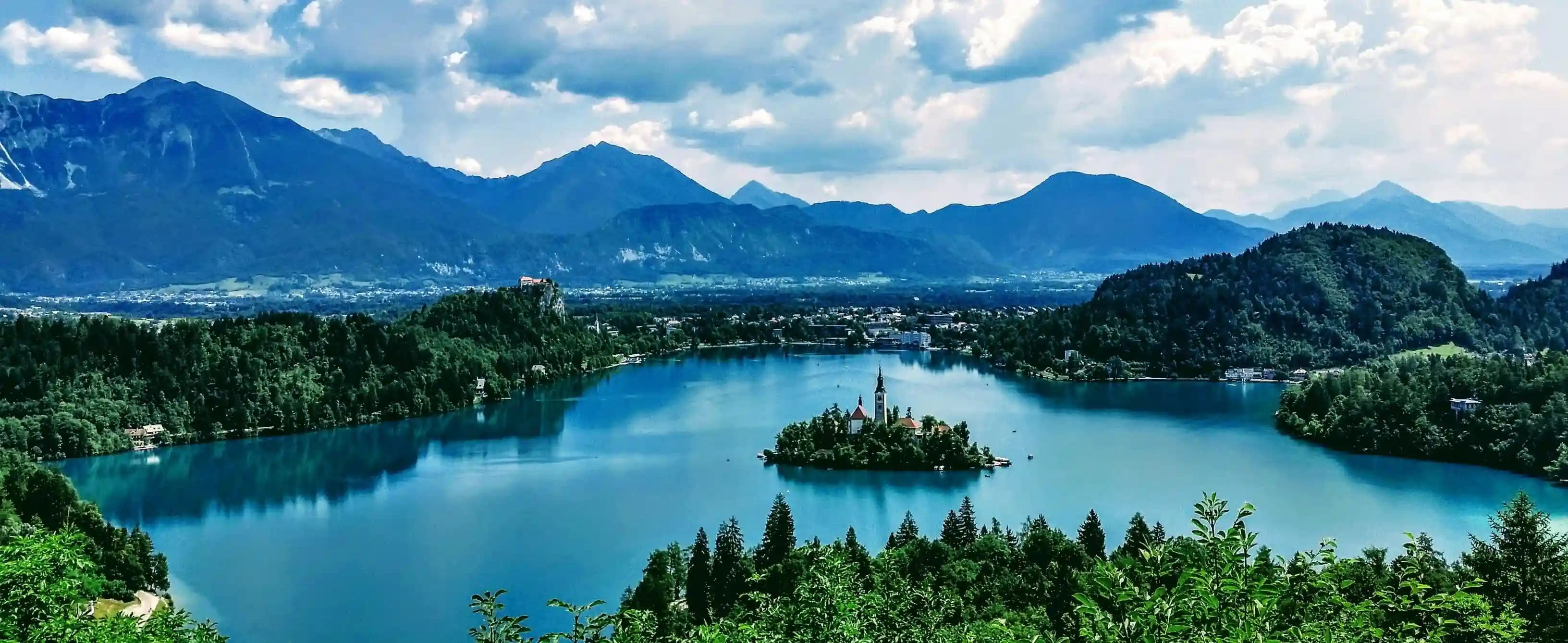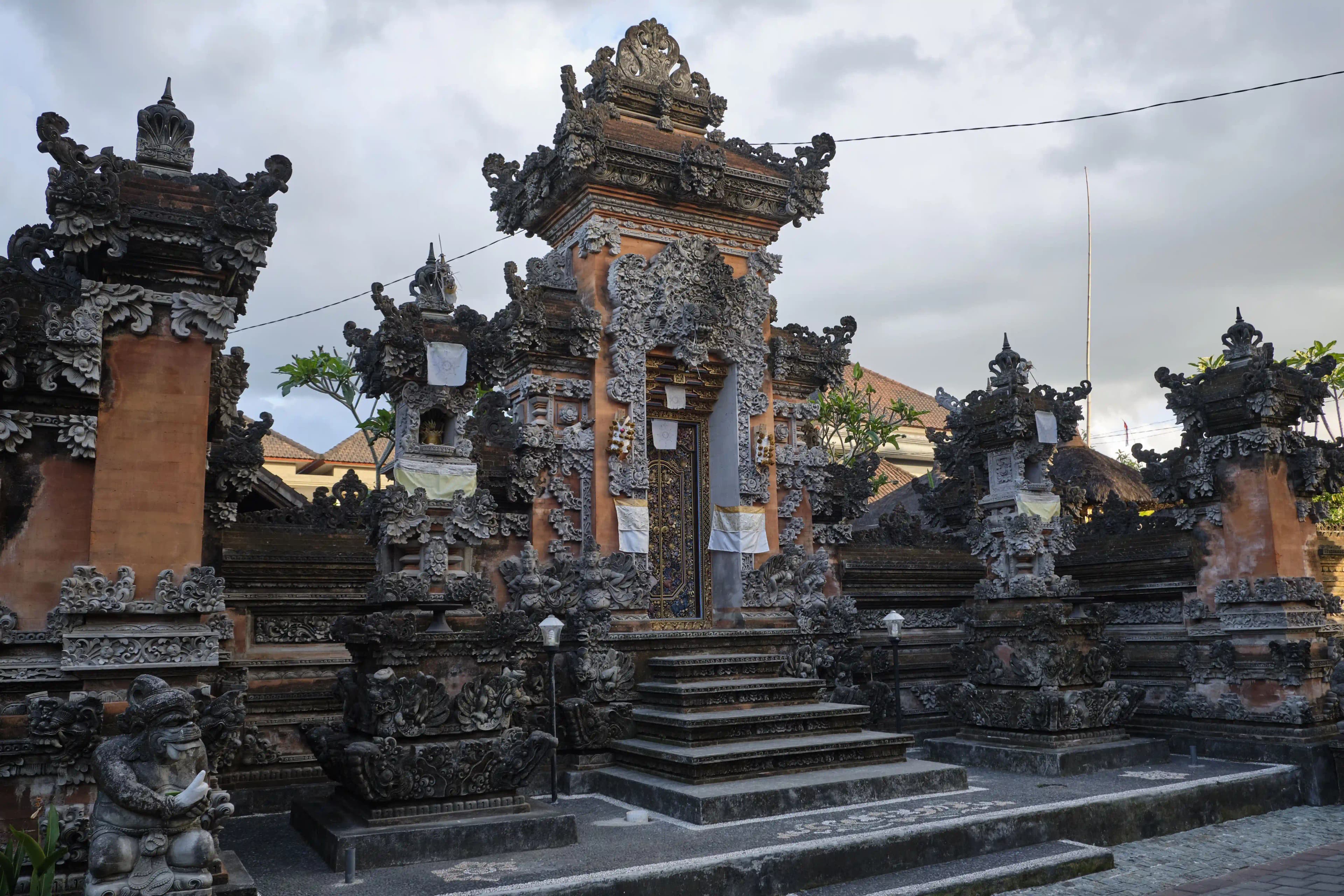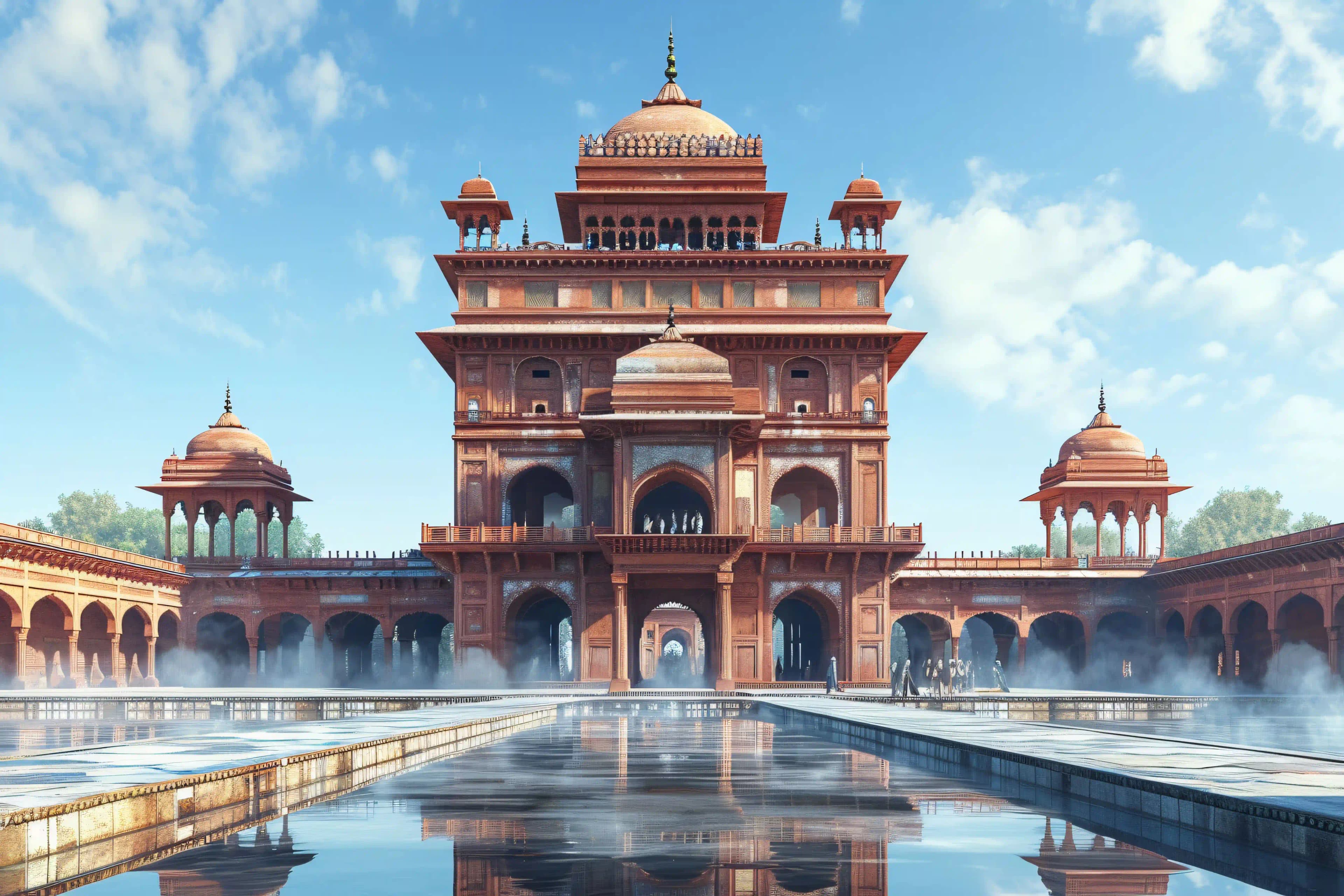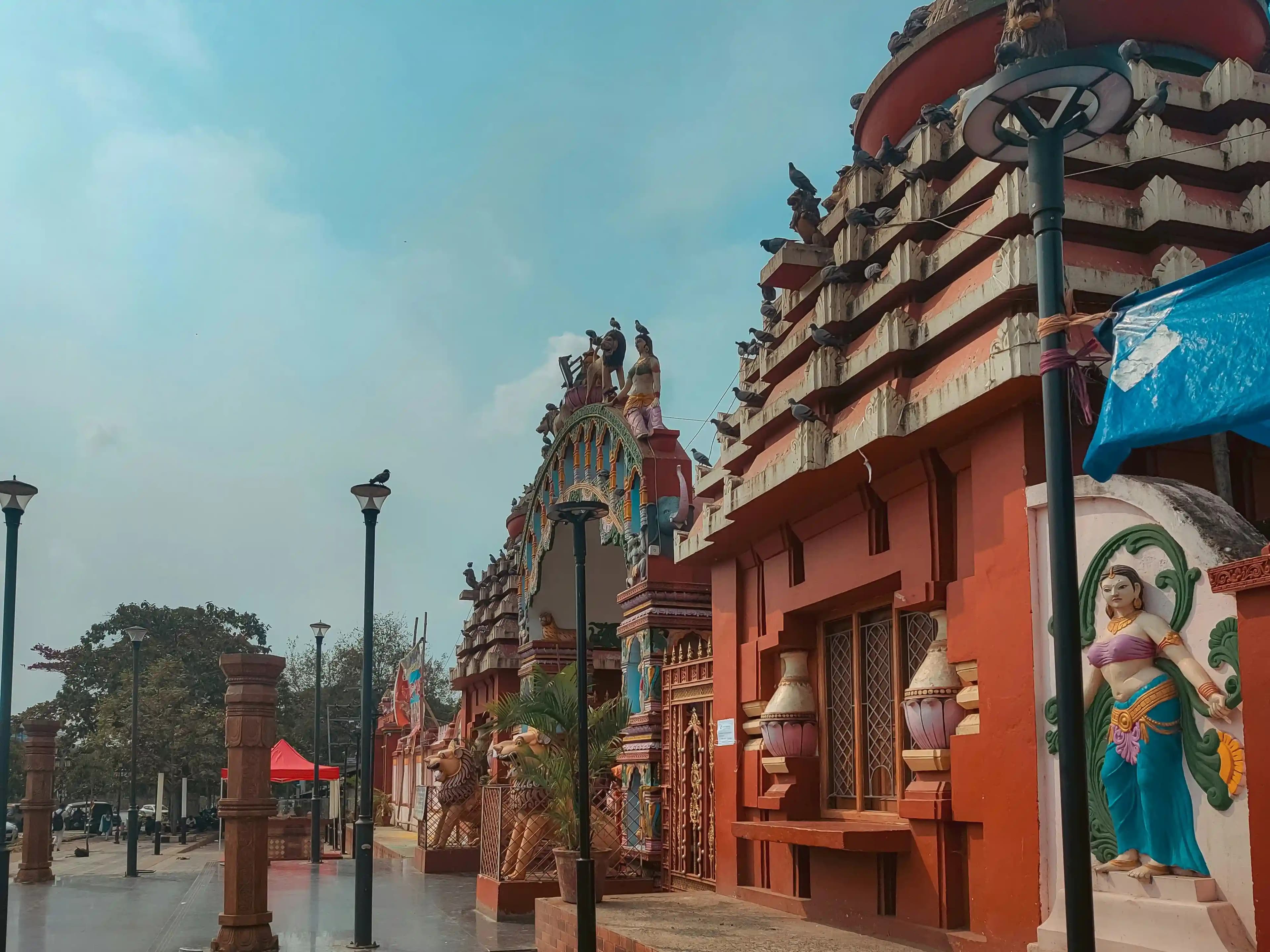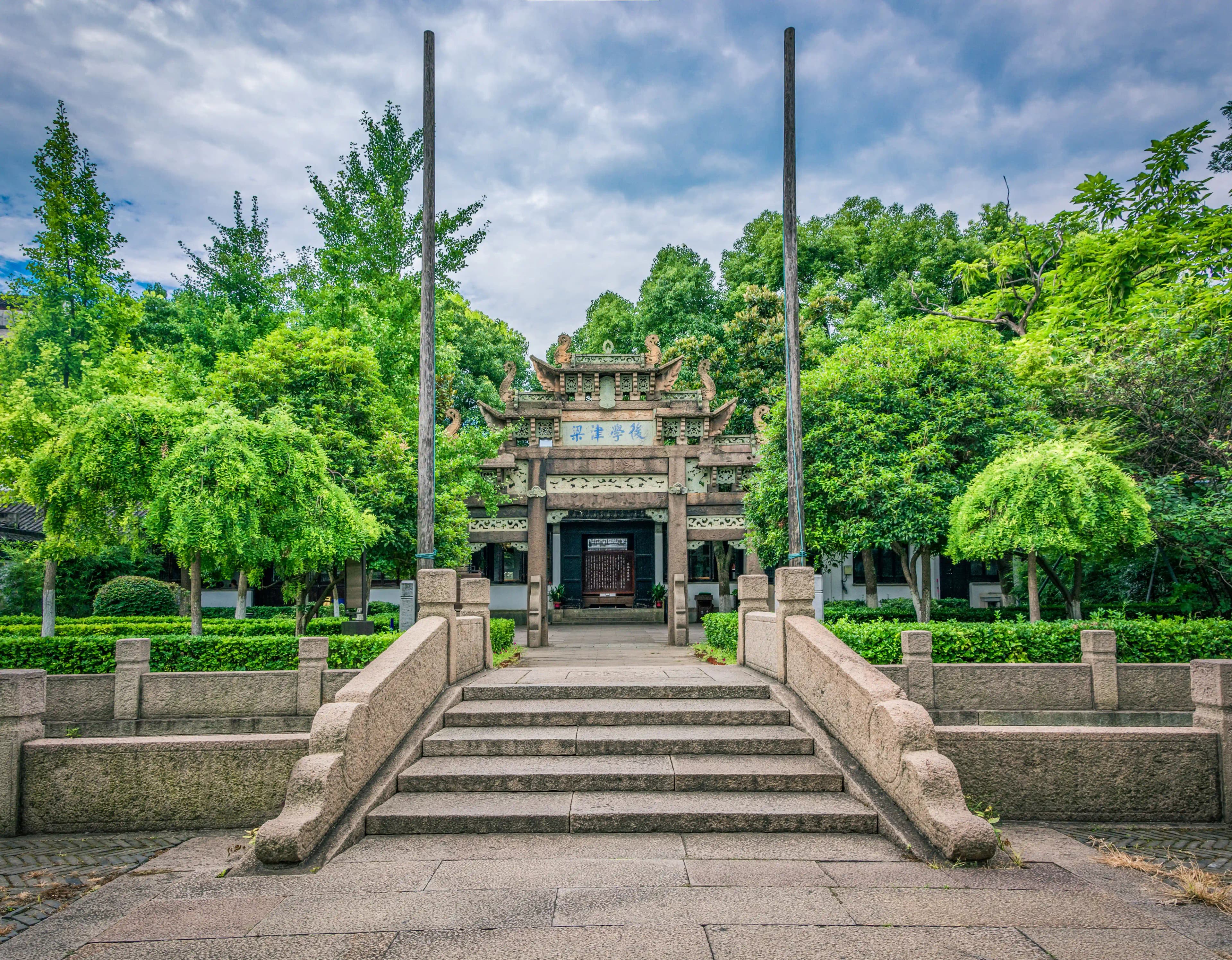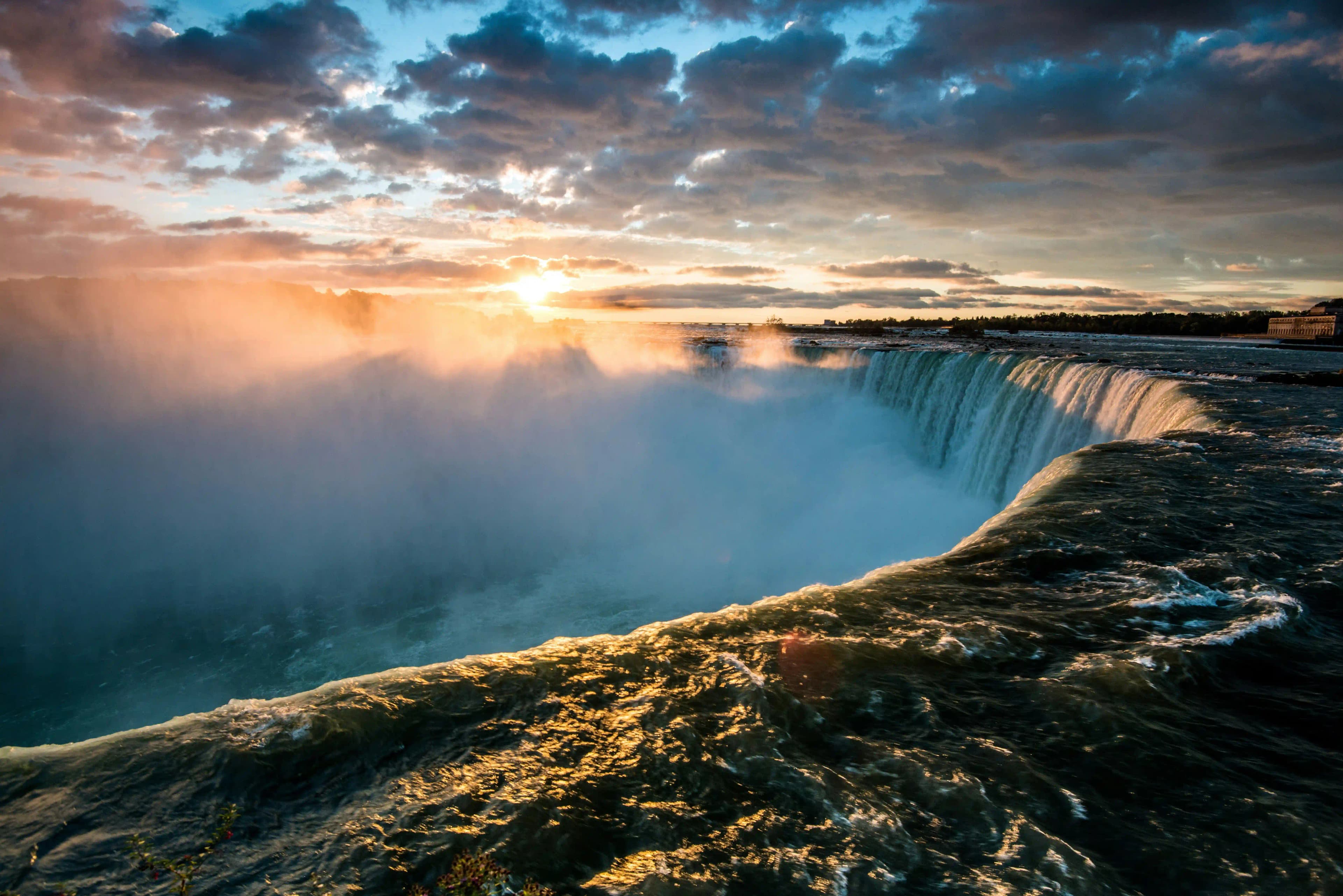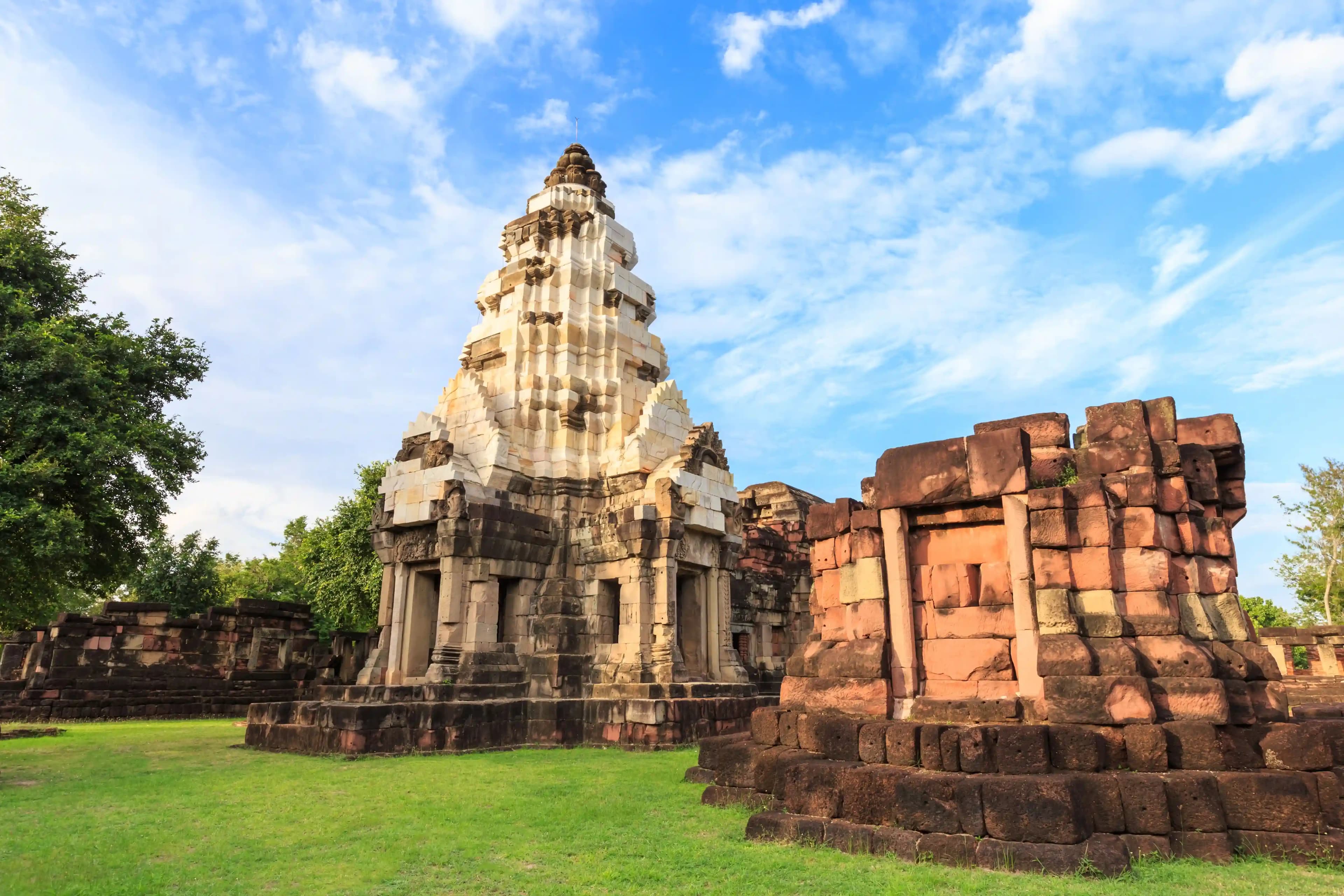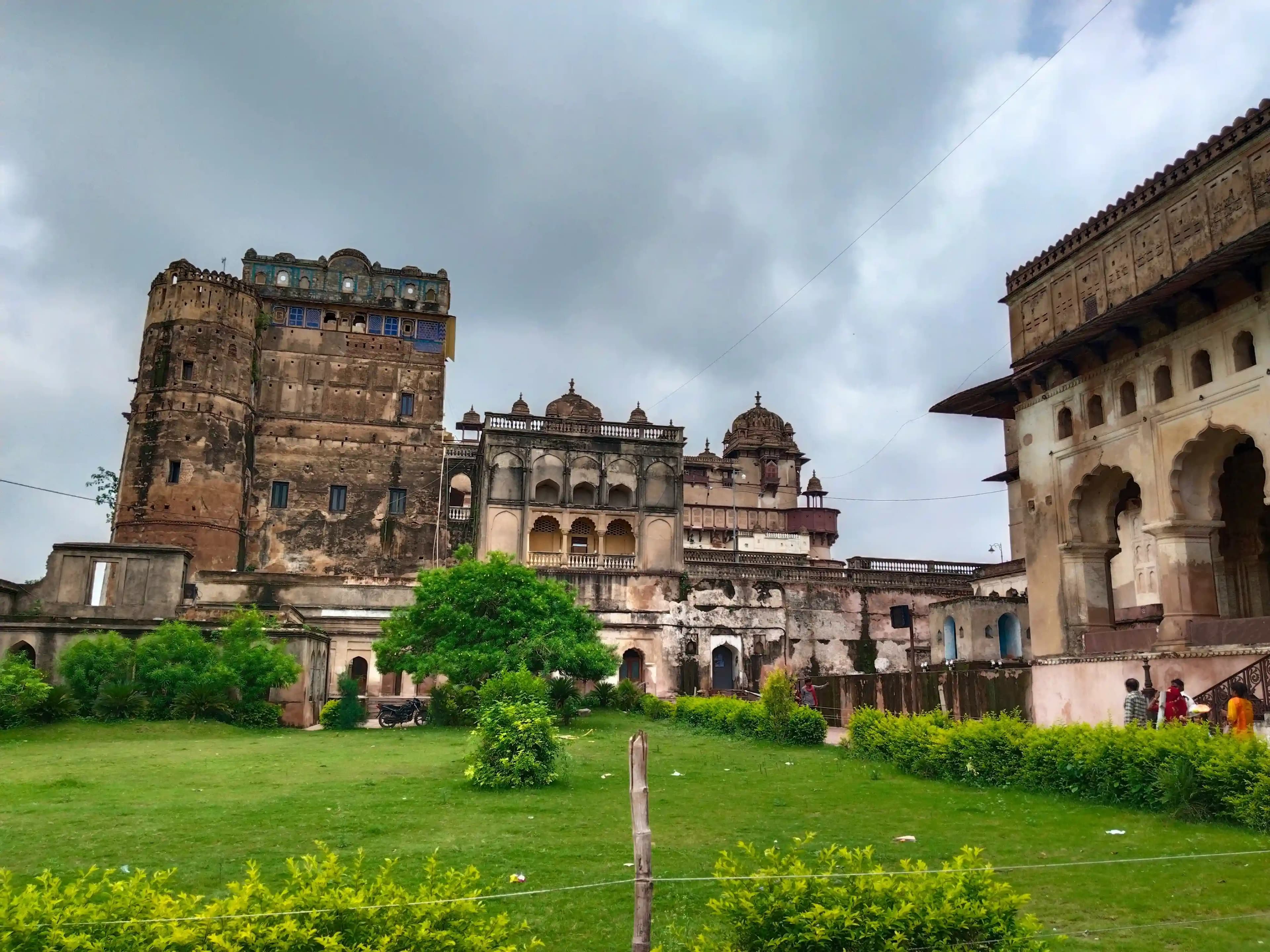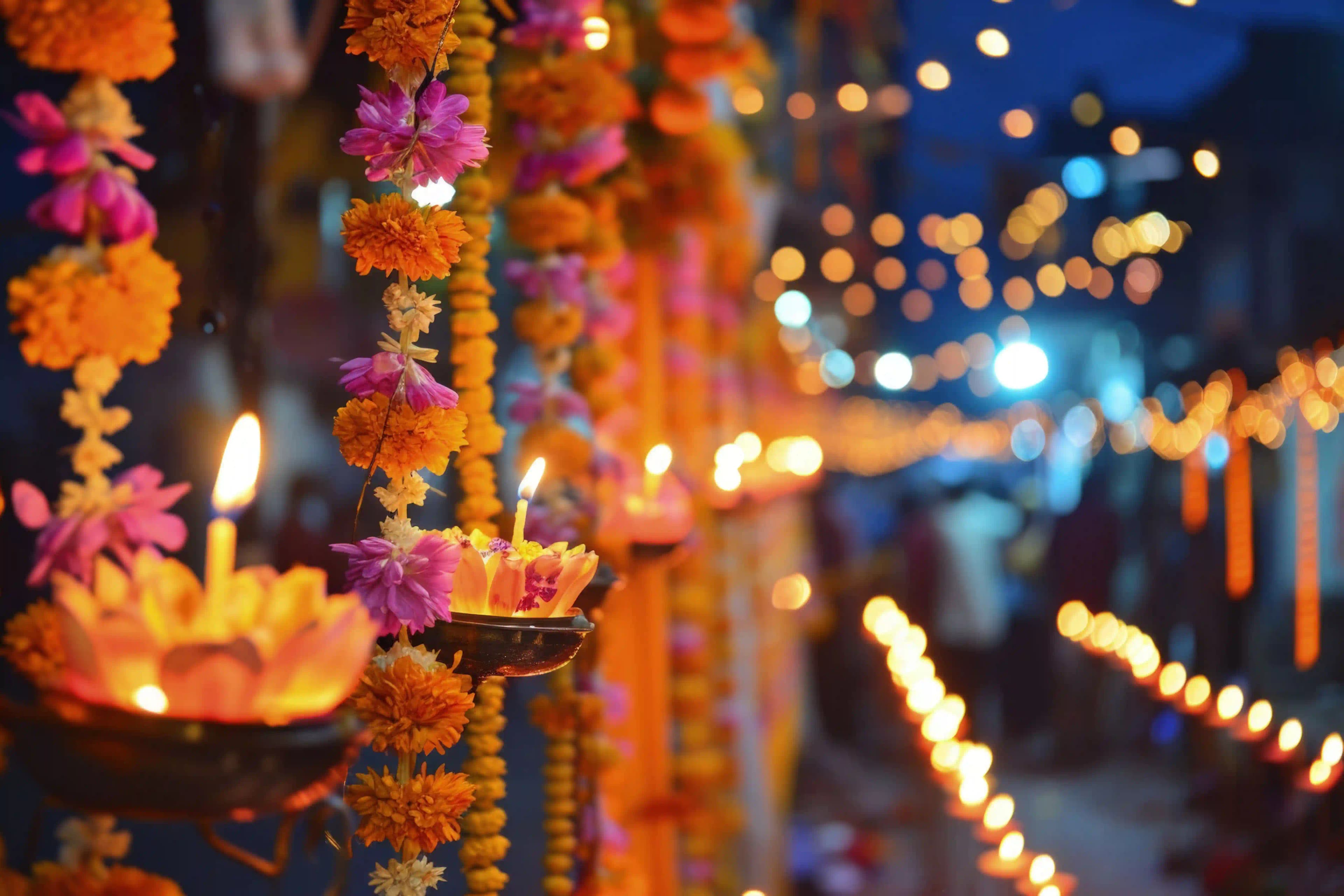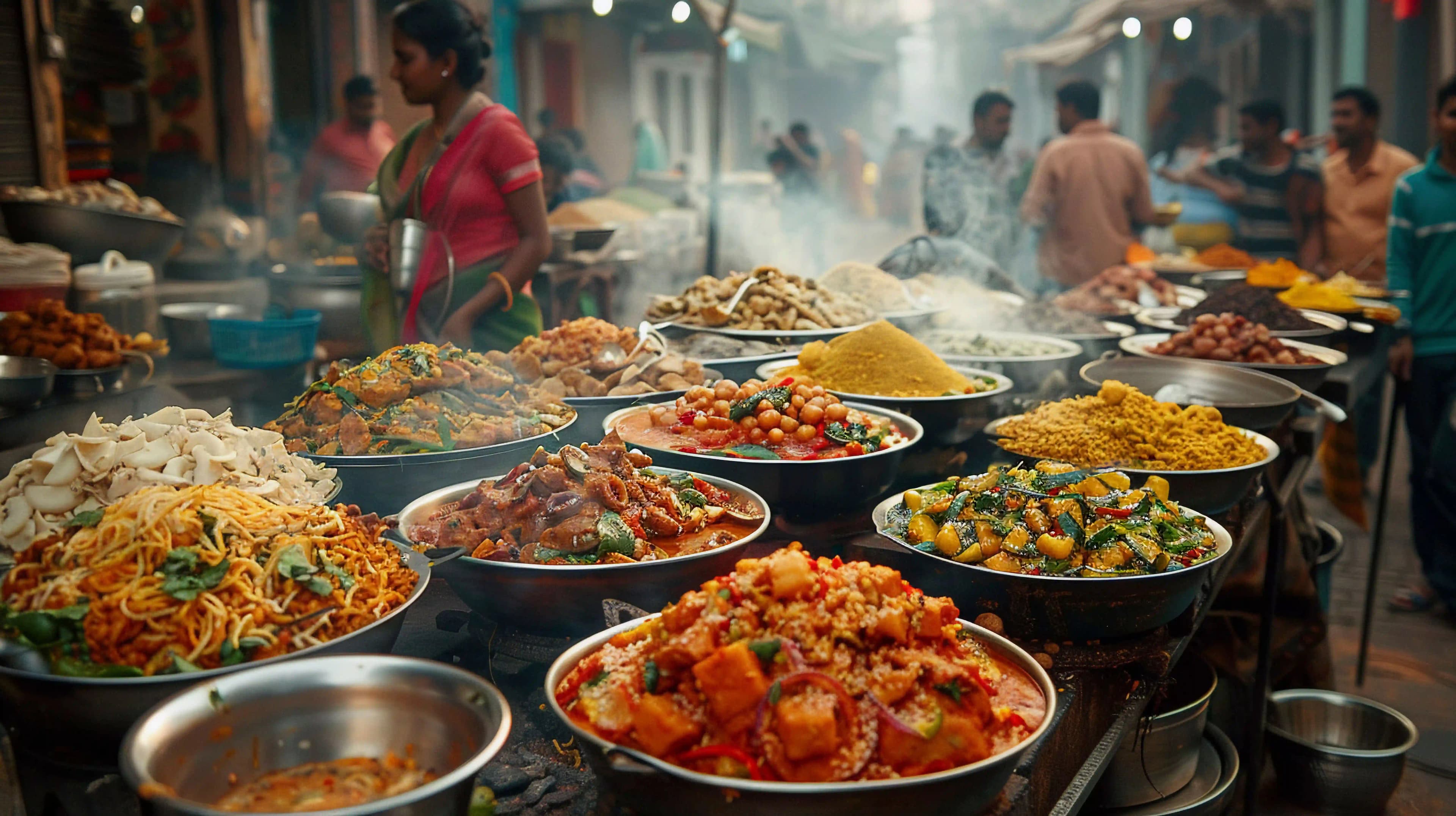Nestled in the heart of India, the Khajuraho Temple complex is a UNESCO World Heritage Site that draws visitors from all corners of the globe. It is one of the most visited tourist destinations in Madhya Pradesh and is well known for its historic temples. The place offers stunning architecture and intricate sculptures to view and also offers a glimpse of the temples into India’s rich cultural and spiritual heritage. In this blog, we will delve into the khajuraho temple history, significance, and beauty of the Khajuraho Temples, uncovering the artistry and stories behind these magnificent structures.
History of Khajuraho Temple

The Khajuraho Temple history is as fascinating as its intricate carvings. Built during the Chandela dynasty, they were constructed over a span of approximately 100 years. Originally, there were around 85 temples, but today, only about 25 remain intact. The temples were dedicated to various deities, including Hindu gods and goddesses and Jain Tirthankaras, illustrating the religious diversity of the time.
The most remarkable aspect of the Khajuraho Temples is their erotic sculptures, which celebrate love, life, and the human experience. These carvings reflect the societal values of the time and highlight the artistic freedom enjoyed by the sculptors. The temples served not only as places of worship but also as centers of learning and cultural exchange. It is believed that they were sites where art, philosophy, and spirituality converged, attracting scholars and artists alike.
The significance of these temples extends beyond their architectural beauty. They stand as symbols of the tolerance and inclusivity of ancient Indian society, where various religious beliefs coexisted. The intricate carvings that adorn the temples depict not just eroticism but also themes of nature, spirituality, and everyday life, providing a holistic view of the cultural fabric of the period.
Cultural Significance of Khajuraho Temple

The Khajuraho Temples hold immense cultural significance in contemporary India as well. They are not only a source of national pride but also an important part of the global heritage narrative. The temples serve as a reminder of India’s historical tolerance and celebration of diversity, showcasing a time when various cultures and religions thrived side by side.
In recent years, the Khajuraho Dance Festival, held annually, has become a major cultural event, attracting performers and tourists from around the world. The festival features classical dance forms performed against the backdrop of the temples, celebrating the artistic heritage of India and providing a platform for both traditional and contemporary interpretations of dance.
Suggested Read: Things to do in Khajuraho
How to reach Khajuraho Temple?

Khajuraho is well connected to other major cities of India by road and air. Reaching Khajuraho is relatively straightforward, with options available for all types of travelers. The nearest airport is Khajuraho Airport, which offers domestic flights from major cities. Alternatively, visitors can opt for train travel to nearby stations or take a bus from cities like Delhi, Varanasi, or Jodhpur.
Let us know the best way for you to reach the place.
1. By Train: Khajuraho railway station is five kilometers away from the main town, which connects Madhya Pradesh to other major cities. The next closest railway station from Khajuraho, which is around 78 kilometers away, is Mahoba. Regular trains depart from Mahoba for Mathura, Varanasi, Mumbai, Kolkata, Allahabad, Jabalpur, Gwalior, and other locations.
2. By Air: The domestic airport in Khajuraho is located two kilometers away from the temple. It offers flights to places like Varanasi, Bhopal, Delhi, and Mumbai. You can use a local taxi to get to the nearest hotel or temple.
3. By Road: Roads to Khajuraho are well connected to all of the main National and State Highways, providing a good transportation system. Numerous commercial and public buses go to neighboring cities like Jhansi from Khajuraho. Regular activities are conducted by standard, non-AC, and AC buses. To get to your destination, you can also choose to rent a private taxi.
Suggested Read: Places to visit near Khajuraho
Khajuraho Temple Timings
Planning your visit? The Khajuraho Temple is open to visitors from sunrise to sunset, typically from 6:00 AM to 6:00 PM. However, Khajuraho temple timings may vary based on the season, so it’s advisable to check ahead. Guided tours are available, providing insights into the intricate details and historical significance of the sculptures and architecture.
Visiting during the early morning or late afternoon can enhance your experience, as the softer light adds a magical quality to the temples. Guided tours often include storytelling elements, allowing visitors to connect with the myths and legends that surround each temple, enriching the overall experience.
The Architectural Marvels of Khajuraho
Each temple in the Khajuraho complex exhibits unique architectural features that contribute to the overall grandeur of the site. The temples are primarily built using sandstone, characterized by a light golden hue that enhances their beauty, especially during sunrise and sunset.
1. The Shikharas

The towering spires, or shikharas, are a defining feature of Khajuraho’s temples. They symbolize the mythical Mount Meru, considered the axis of the universe in Hindu cosmology. The shikharas are intricately carved, tapering towards the sky and reflecting the celestial aspirations of the builders. This verticality not only draws the eye upward but also signifies the connection between the earthly and the divine.
2. The Detailed Sculptures

The temple walls are adorned with thousands of sculptures, each telling a story or conveying a message. The carvings include depictions of gods and goddesses, celestial beings, and various aspects of life, including music, dance, and daily activities. The erotic sculptures, often considered the highlight of the temples, are not merely provocative; they are deeply symbolic, representing the divine union of male and female energies.
3. Notable Temples

Among the many temples, a few stand out for their architectural and artistic brilliance:
Kandariya Mahadeva Temple: This is the largest and most ornate temple in the complex, dedicated to Lord Shiva. Its intricate carvings and towering shikhara are a sight to behold.
Lakshmana Temple: Known for its detailed sculptures depicting various deities and mythological stories, this temple showcases the architectural finesse of the Chandela dynasty.
Vishvanatha Temple: Dedicated to Lord Shiva, this temple features an impressive sanctum and exquisite carvings that reflect the spiritual significance of the site.
Javari Temple: Smaller in size but rich in detail, the Javari Temple is known for its stunning sculptures and is often overlooked by tourists.
Suggested read: Places to visit in Khajuraho
Conclusion
The intricate carvings, majestic architecture, and spiritual significance combine to create a space that transcends time, inviting contemplation and admiration. So, pack your bags and prepare to explore the enchanting Khajuraho temple, where history, art, and spirituality converge. As you wander through the temple complex, take a moment to reflect on the stories etched in stone and the legacy of creativity that continues to inspire generations. The journey through Khajuraho is not just a trip to see temples; it’s an exploration of human expression and an invitation to connect with the deeper meanings of love, life, and devotion.
Frequently Asked Questions
1. Where Is Khajuraho Temple?
The Khajuraho Temple complex is located in the Chhatarpur district of Madhya Pradesh, India. This small town, surrounded by lush greenery, is easily accessible from major cities like Delhi and Varanasi. Khajuraho is well-connected by road and rail, making it a convenient destination for travelers looking to explore its artistic marvels.
2. Which dynasty was the capital of Khajuraho?
Chandela Dynasty was the capital of Khajuraho. Chandela Dynasty is a Central Indian monarchy between the ninth and thirteenth centuries AD, and has dominated a large portion of the Bundelkhand region, which was then known as Jejak-Bhukti.
3. Which god is Khajuraho famous for?
About six of these temples in Khajuraho are devoted to Lord Shiva, eight to Lord Vishnu, one to the Sun God and one to Lord Ganesha, and three to the Jain Tirthankaras (saints). This is a perspective of the Chaturbhuja Temple's deity.
4. What is the ancient name of Khajuraho?
Kharjuravahaka is the ancient name of Khajuraho.
5. How many temples are there in Khajuraho?
Earlier there were 85 temples in Khajuraho, But only 25 temples have survived
